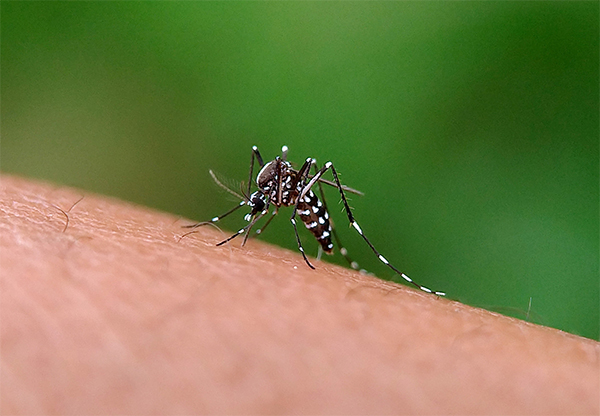
Mosquito-borne diseases have posed major public health threats for centuries. From Malaria’s historical toll on human populations to more recent outbreaks of Dengue, Zika, and Chikungunya, these mosquito-borne diseases continue to cause widespread morbidity and mortality. Today, global warming, expanded urbanization, and increased travel accelerate the spread of invasive mosquito vectors and extend their active seasons.
Climate Change & Expanded Transmission
Aedes aegypti and Aedes albopictus (the so-called “tiger mosquito”) now transmit multiple pathogens across new geographies. Longer, warmer summers allow vectors to survive and reproduce in regions that were previously unsuitable, exposing more than 5.6 billion people to arbovirus risk.

• Warmer temperatures prolong mosquito breeding seasons.
• Aedes and Anopheles species now establish populations in temperate zones.
• Urban growth and travel promote virus introduction into receptive areas with active vectors.
Chikungunya
Dengue
Zika
Malaria

Diagnostics & Molecular Testing
Real-Time PCR offers high sensitivity and specificity for early detection of Dengue, Zika, Chikungunya, Malaria, and West Nile virus.
Examples for related Bosphore Kits include:
- Bosphore Dengue-Chikungunya Detection Kit (targets Dengue and Chikungunya virus RNA)
- Bosphore Zika-Dengue-Chikungunya Detection Kit v1 (triplex assay for Zika, Dengue, Chikungunya virus)
- Bosphore Malaria Genotyping Kit v2 (detects and characterizes P. falciparum, vivax, malariae, ovale, and knowlesi from whole blood, serum, plasma, saliva, and urine samples.)
- Bosphore Tropical Fever Panel Kit v1 (comprehensive panel detecting and characterizing Plasmodium falciparum, Plasmodium malariae, Salmonella enterica, Plasmodium vivax, Dengue virus, Chikungunya virus, West Nile virus, Leptospira spp., and Plasmodium ovale DNA and RNA)
These IVD-CE marked, internally controlled assays support rapid, accurate diagnostics across multiple pathogens, enabling clinical and public health laboratories to respond effectively.




